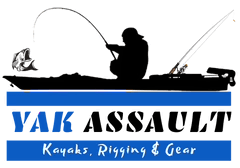Yama Mountain Gear Cirriform Tarp Review
We may earn commissions if you shop through the links below.
Last year I picked up a couple of Yama Mountain Gear products. The first was a DCF 7’/5′ x 9′ Tapered Tarp and the second was the 1P Cirriform Tarp in SilPoly and the third was a Y-Zip Bug Bivy. I also bought their DCF Stake Bag and repair patches. I like tarps and wanted to try a shaped tarp to see how I would like it.
I really like the DCF 7’/5′ x 9′ Tapered Tarp. I was going to review it, but they don’t make it anymore. I paid $125 for the bug bivy and $210 for the 1P Cirriform Tarp. I also picked up the aluminum poles for $36.95. I ended up liking their rigging system, so I purchased guyline and tensionlocks for my flat tarp. They sent me 10 loops of 1.6mm UHMWPE cord for free to help me attach the tensionlocks to my flat tarp.
Overall, they were an easy and responsive company to work with.
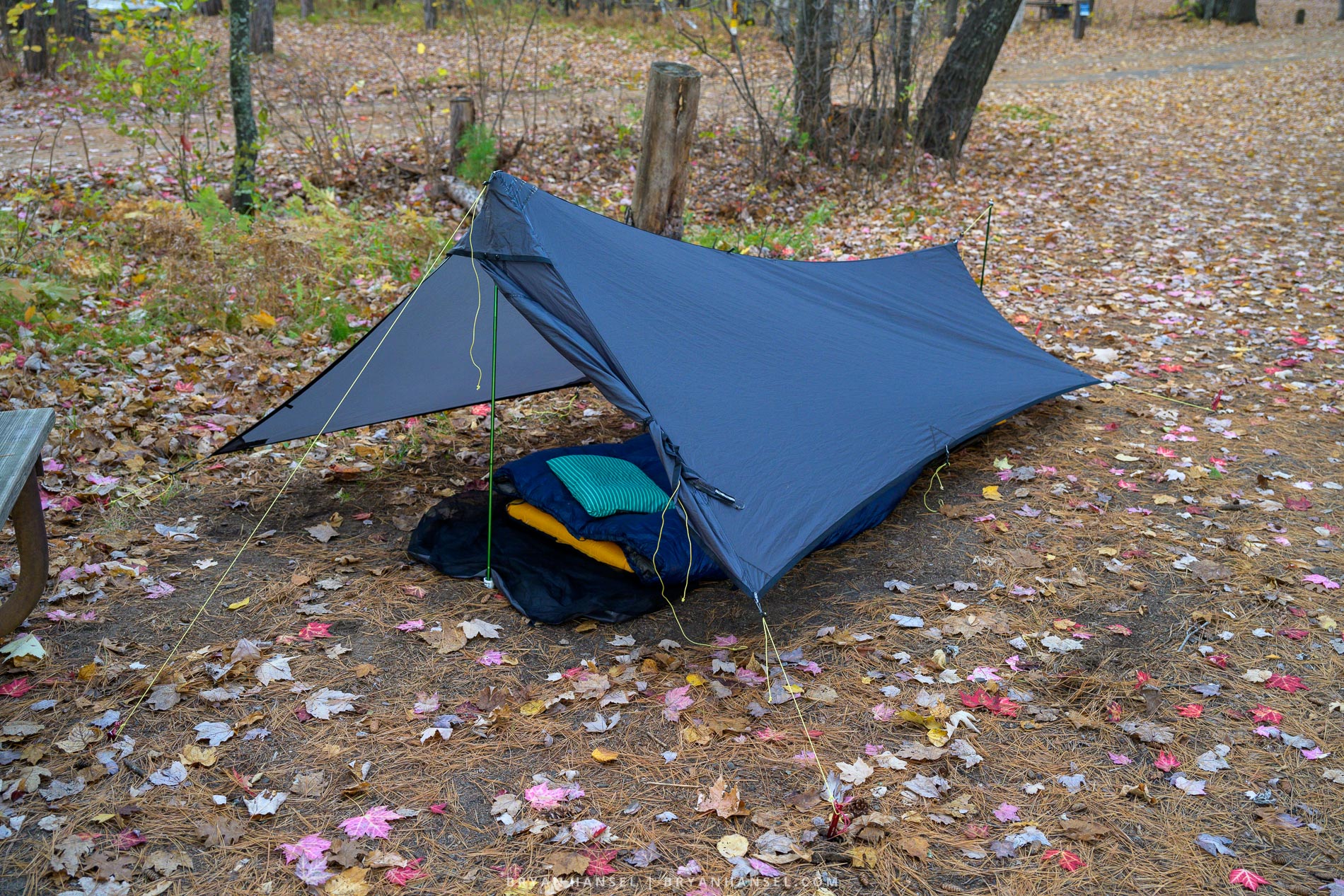
Features
The Cirriform is a sloped and tapered tarp with a front and rear enclosure that looks like it would make a nice enclosed tarp for bad fall weather. It has a number of interesting features, including the ability to enter from the side or front. As a tarp, it has the ability to add a bug bivy, use it with with a bivy, or just a polycro ground sheet as the conditions require. That offers a lot of flexibility.
I ordered it with the suggested rigging and set it up according to their pitching plans. The rigging includes a lightweight reflective guyline, tensionlock tensioners, which I’ll be adding to my flat tarp because I loved them, and a guyline grommet that you insert the rear pole into. Normally, it sets up with trekking poles. There are pole sets available as an option if you don’t use trekking poles. I ordered a set of poles, because I planned to use it for paddling trips and for a 10-day bikepacking trip. I only used it on the bikepacking trip.
I ordered it without seam sealing, so I ended up doing the seam sealing myself. That saved me $40. Usually I don’t inspect the seams closely on products these days because I haven’t seen many seam issues in years from manufacturers, but because I seam sealed it I saw all the stitching. This is a little foreshadowing for a section below. I’m not sure the $40 saved was worth it, because maybe they would have done a better job than I did. Still, I didn’t have any leaks that I noticed during a rain storm I was in.
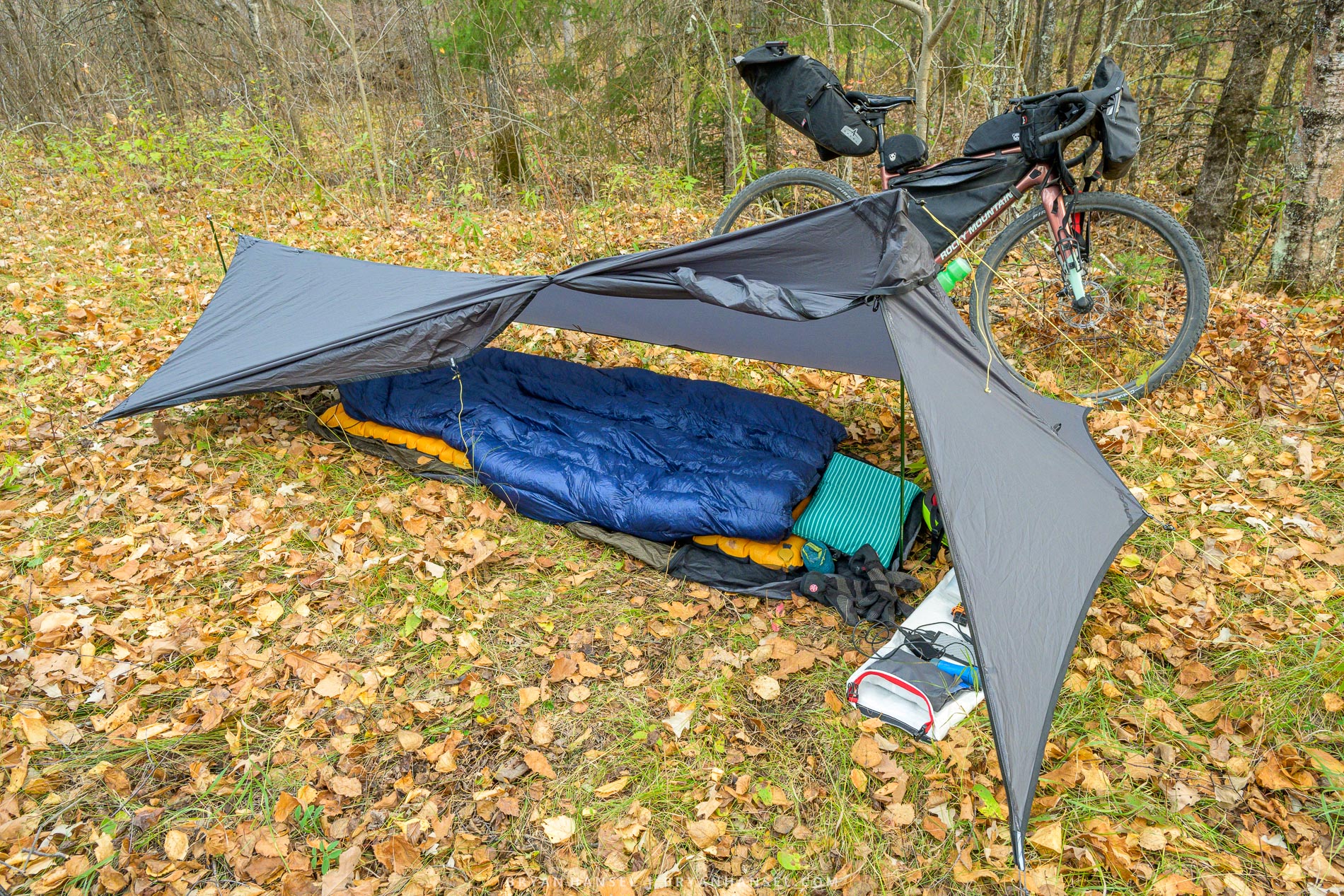
Weight
This is all the gear that I carried to use the Cirriform.
13.7 ounces – 1P Cirriform Tarp – SilPoly, rigged with Yama Mountain Gear’s recommended rigging, and seam sealed.
0.2 ounces – DCF Stuff Sack
3.2 ounces – Yama Mountain Gear Aluminum Poles – 39″/26″
3.9 ounces – Six MSR Ground Hog Stakes and two Mini Ground Hogs
0.2 ounces – Yama Mountain Gear DCF stake stuff sack
0.4 ounces – PCV pipe cap for pushing stakes into the ground and avoid damage to my shoes. I also used this to help prevent the front pole from sinking into the ground.
The total comes in at 21.6 ounces. While using this I also carried a Borah Gear Ultralight Bivy. That added 5.5 ounces. Total weight was 27.1 ounces for my shelter including everything. The Y-Zip Bug Bivy weighs 6.5 or 7.5 ounces depending on the configuration plus the weight of the rigging which is about a 0.75 ounces.
In comparison, this one person tarp weighs 12.9 ounces less than my two person Big Agnes Tiger Wall UL2 when using everything that the tent came with. I typically don’t carry it all, so it’s only 10 ounces lighter than how I typically use the Tiger Wall. Foreshadowing here: In retrospect, I would have happily carried those extra ounces.
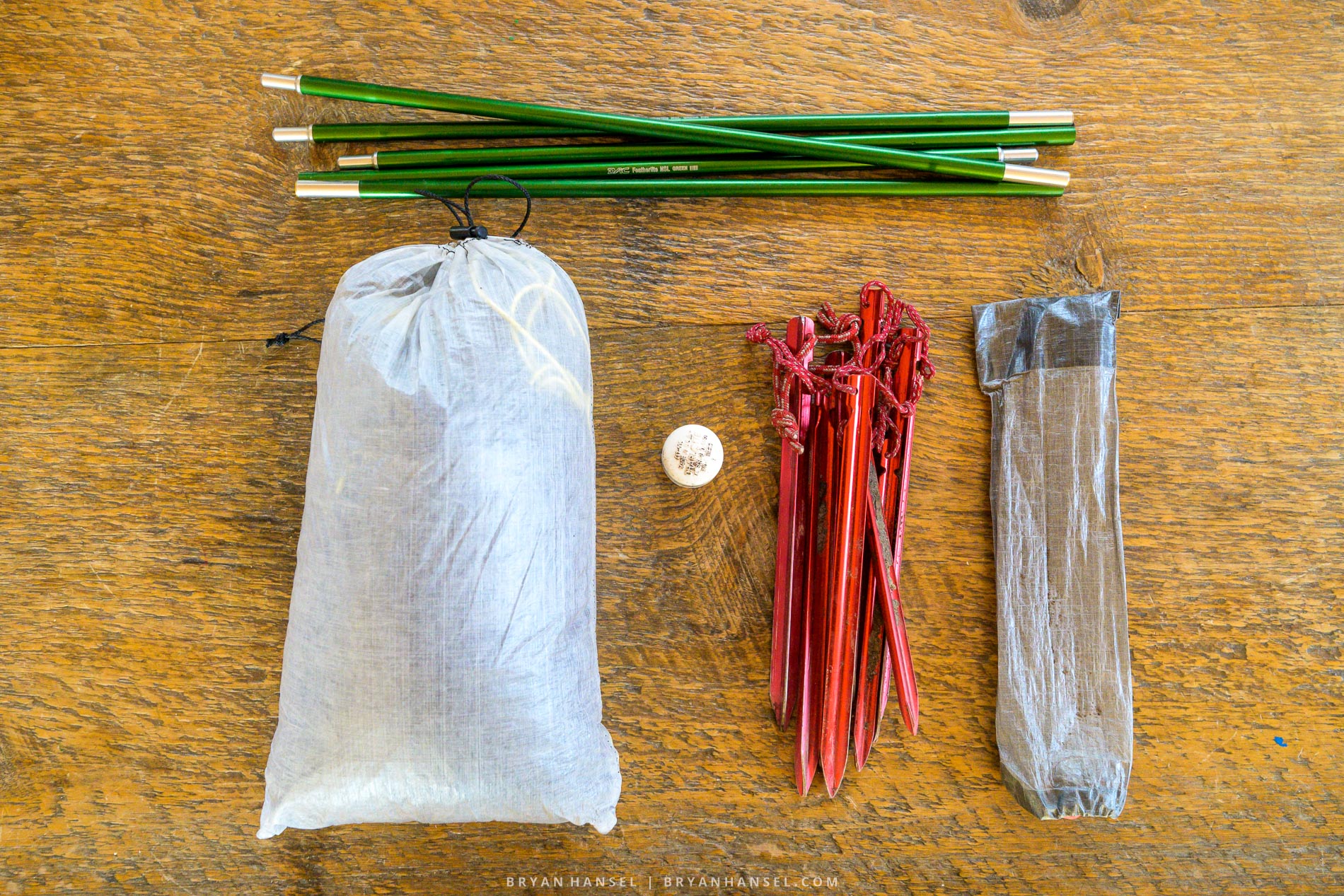
Using the Yama Mountain Gear Cirriform Tarp
Setting up the Cirriform was easy. I followed the instructions that Yama Mountain Gear provided. To set it up, you stake out the four corners. They you insert the front pole and stake out the front guyline. Then the rear pole gets inserted and the rear guyline gets staked. I used full-sized MSR Ground Hog Stakes for these six stake out points. If it is going to be windy, then you can stake out the tension line in the middle of the sides of the tent. I used mini-ground hog stakes for these two points.
I found that when tensioned that my front pole was being pushed into the ground and decreasing the head room by an inch sometimes, so I started using a PVC cap under the pole to help prevent it from driving into the ground.
When I wasn’t expecting bad weather, I could either leave the side open or the front open to increase ventilation. With just the front open, I found that ventilation wasn’t that great. I didn’t take the time to figure out how to open the bottom to allow for air to flow through the tarp. After my trip, I saw a YouTube video by Jupiter Hikes called “My Least Favorite Hiking Gear After a Year of Testing” that showed how the rear could be opened on the two person version.
While using the tarp, I found that the 39-inch front pole and the 26-inch rear pole didn’t always provide me with enough height to be comfortable in the the tarp. The tarp is designed to be used with trekking poles that are adjustable in height, and it would have been a much better experience if I would have had that ability. For example, if the flattest place I could pitch the tarp was on a slight hill, I found that one side of the tarp would end up too close to the ground and that made for a slightly claustrophobic feel on that side. I noticed a few nights that condensation would form and on the lower side that I’d brush against the wall. I think with either longer or adjustable poles that this wouldn’t have been an issue.
Still, the pitch isn’t high. I couldn’t sit up while under the tarp and didn’t find it comfortable to hang out in the tarp. While I lucked out with weather on my bikepacking trip, I did have one night of rain. Before falling asleep it felt miserably tight under the tarp. Because the walls are so close to you while in the tarp, it always feared rolling over and ending up outside the protection of the tarp.
I have a 8- by 10-foot flat tarp that I’ve used in similar conditions that feels so much more roomy to sleep under and spend time under. It weighs about the same and because you can use trees for setting up the tarp, it feels more flexible.
While the shape of the tarp did help keep out cold winds and kept me from getting wet during the rain, it felt a little too small for comfort. During the 10 days that I slept under this, I can’t say that I didn’t wish I had my Tiger Wall or a flat tarp.
In retrospect, I wish I would have bought the 44″/31″ pole set instead of the 39″/26″ poles. I think the few extra inches would have made it much more comfortable. If I needed it to be lower, I could have let the poles sink into the ground.
The best part about this tarp was the size. It was extremely small, so I was able to pack it into my 11 liter handlebar bag on my bike and have room to spare for my stove, fuel and a puffy jacket and a few other items. If you are interested, you can watch my bikepacking gear video on YouTube. It covers all the gear that I’ve been using lately and how I packed it on my bike.
Note on Quality
I don’t want to spend a lot of time on this, but I found multiple places on the tarp where I didn’t think the stitching was right. This was mostly on the front peak where the pole inserts, but I found it elsewhere as well. I’m including a few photos of the issues. I didn’t discover this until well after the return period and while I was seam sealing the tarp. I’m not sure if I accidentally got a blem or if this is normal. The other products I ordered seemed fine. In the end it didn’t seem structural, so I just decided to use it instead of worrying about it.
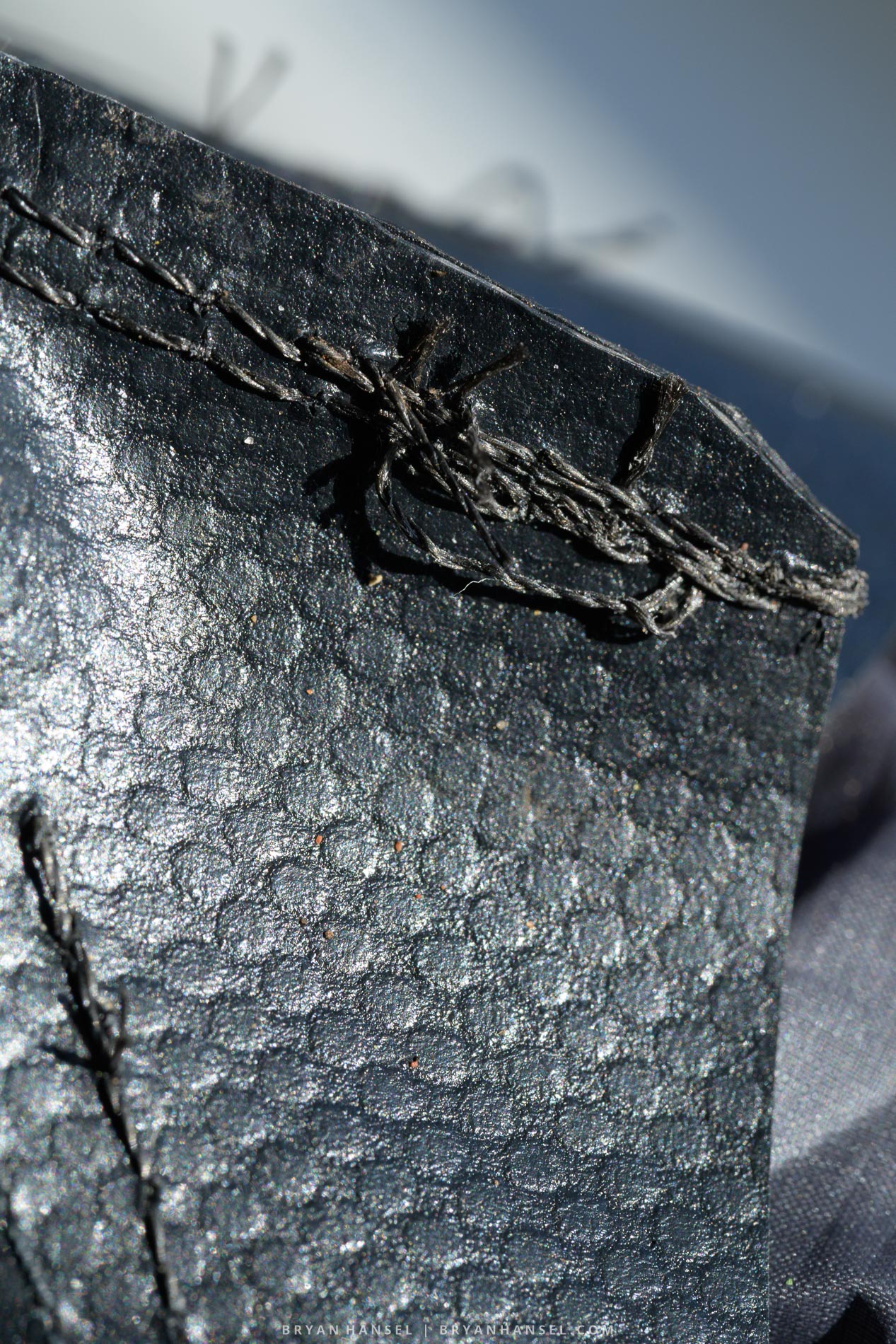
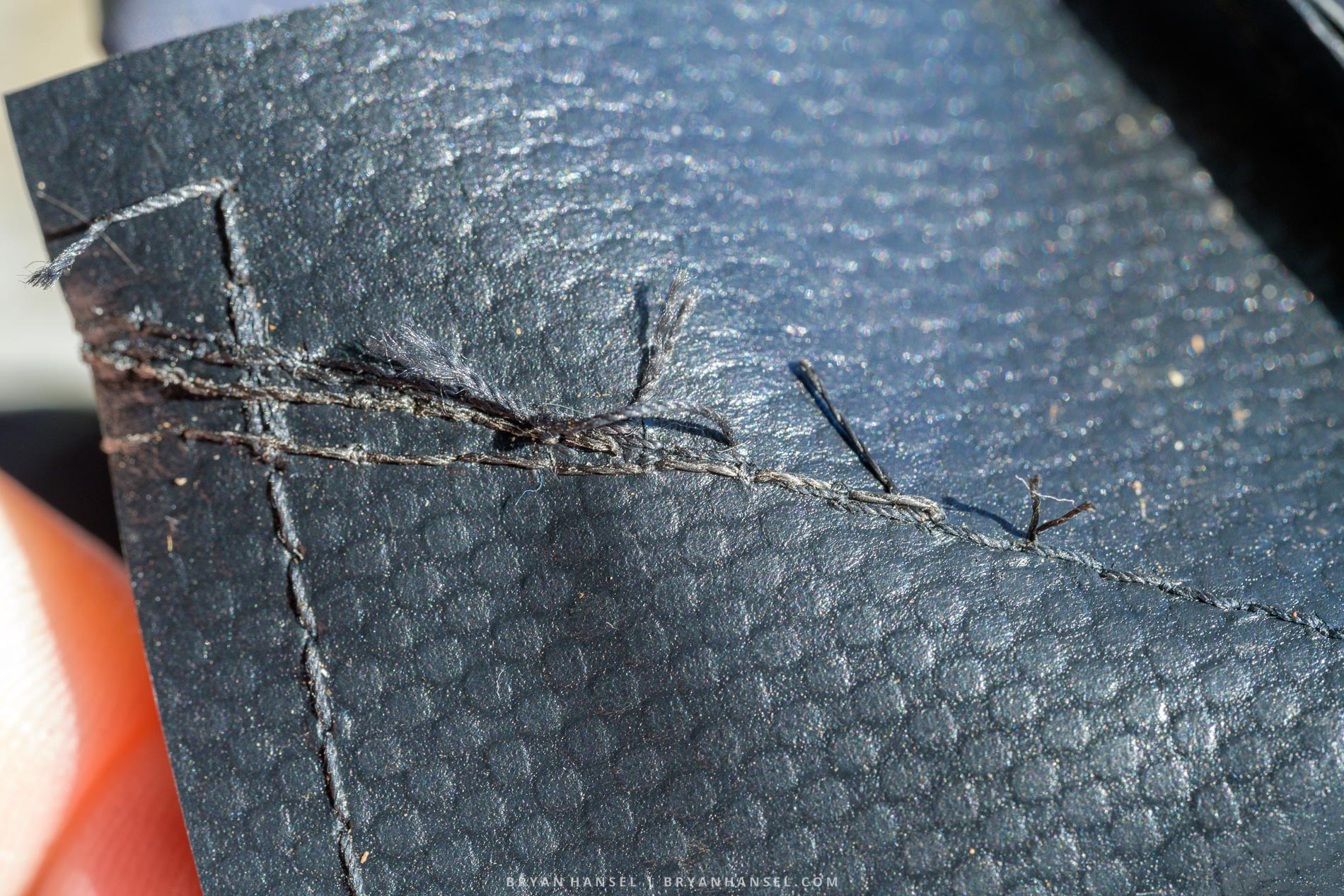
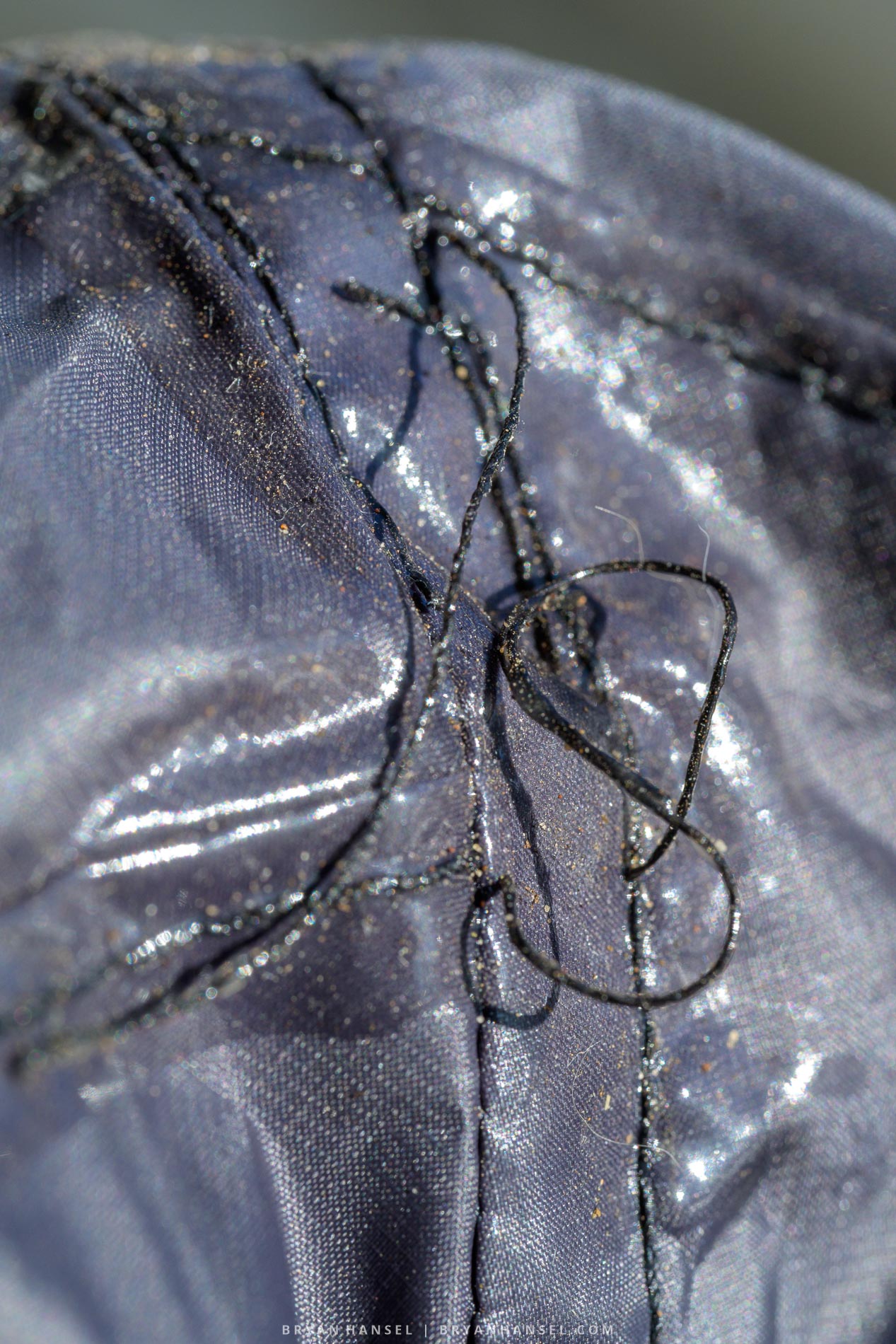
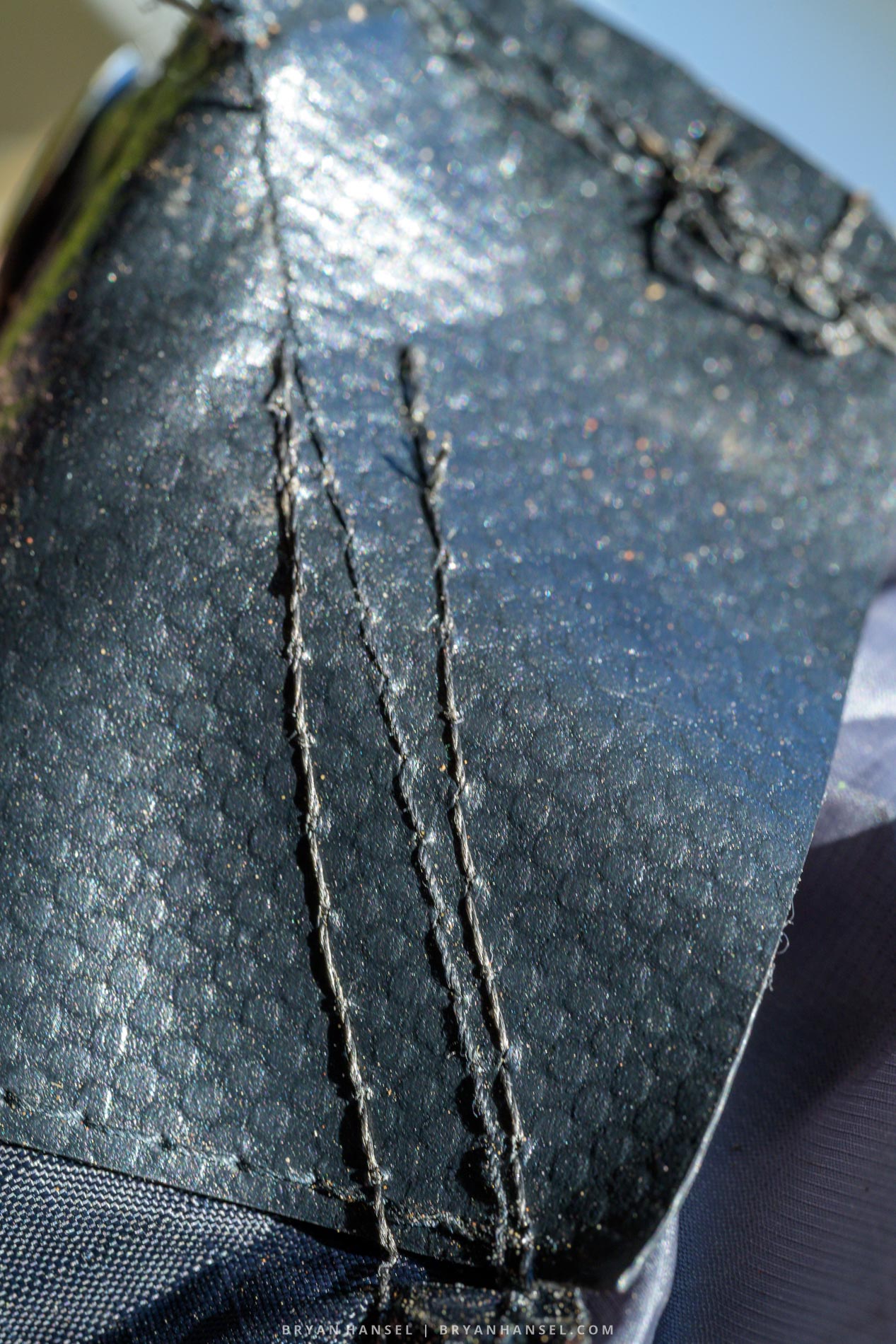
Conclusion
In conclusion, I think it’s an interesting shelter, but it isn’t for me. While I’d like to try it with longer poles or trekking poles, I didn’t find the poles I had flexible enough to make the tarp comfortable for me. Getting a good night’s sleep is important to me and I didn’t feel comfortable enough under this tarp to get good sleep. It always bugged me. I know someone who used this to hike the PCT, and he loved it. So, it might be a good tarp for you. But for me, I just wished that I would have had the enclosed area of my tent or an enlarged area of a flat tarp.
I do plan on trying this on a backpacking trip with trekking poles at least once this year. If that changes my mind, I’ll update this review.
